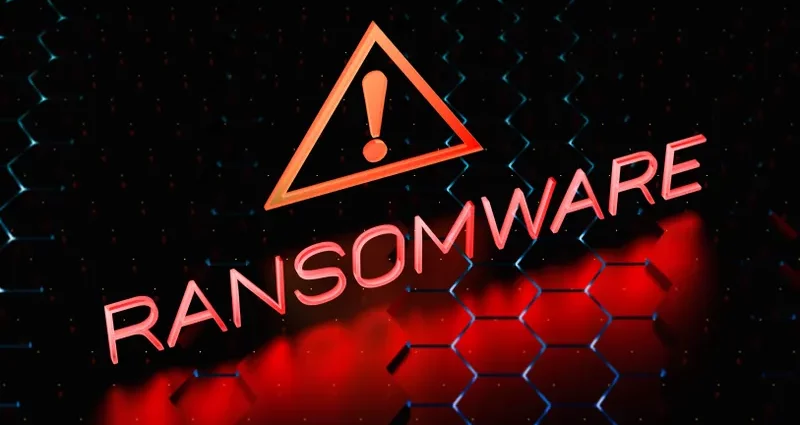Ransomware is a malware designed to deny a user or organization access to files on their computer. By encrypting these files and demanding a ransom payment for the decryption key, cyber attackers place organizations in a position where paying the ransom is the easiest and cheapest way to regain access to their files. Some variants have added additional functionality – such as data theft – to provide further incentive for ransomware victims to pay the ransom.
Ransomware has quickly become the most prominent and visible type of malware. Recent ransomware attacks have impacted hospitals’ ability to provide crucial services, crippled public services in cities, and caused significant damage to various organizations.
What is Ransomware Detection?
Ransomware, like most malware, is designed to infect a computer and remain undetected until it has achieved its objective. In the case of ransomware, the attacker’s goal is for the victim to only be aware of the infection when they receive the ransom demand.
Anti-ransomware solutions are designed to identify the infection earlier in the process, potentially before any damage is done. To do so, they use a variety of ransomware detection techniques to overcome ransomware’s stealth and defense evasion functionality.
The Need for Early Detection
Early detection is always important when dealing with a cyber attack. The earlier in the attack chain an incident is detected and remediated, the less opportunity that the attacker has to steal sensitive data or otherwise cause harm to the business.
For ransomware, early detection is even more important than most attacks because the damage done by ransomware may be irreversible. If ransomware encrypts data not included in a secure backup, then it may be irrecoverable even if the victim pays the ransom. Identifying and eradicating the ransomware infection before encryption begins is essential to minimizing its impact.
As ransomware has evolved, early detection has grown more vital. Modern ransomware variants commonly exfiltrate a company’s sensitive data before encrypting it. If the ransomware can be detected before this data theft occurs, then the company avoids a data breach that could be expensive and embarrassing.
